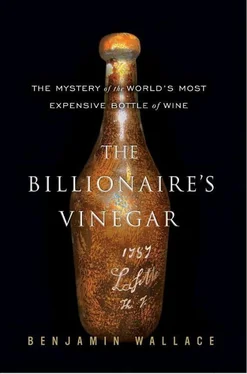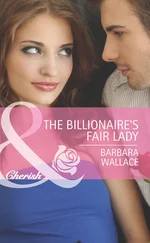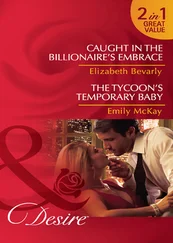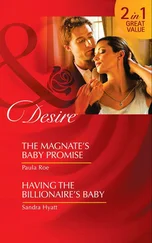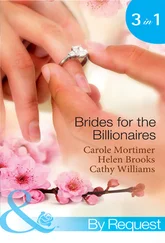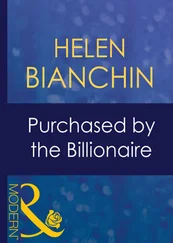The art of drinking the very oldest rarities required an extra degree of connoisseurship—almost a kind of necrophilia. The normal sequence when evaluating a wine might be look-smell-taste, but when opening an old wine, Broadbent thought that one should smell first. The color wasn’t going to change, whereas with an old wine, the smell very likely would. An old wine exposed to oxygen normally evolved much more rapidly than a younger wine. The initial bouquet would tell you a lot more than the color, yet it might last only thirty seconds. Then again, an old wine could surprise you. That 1893 Margaux might first merely taste drinkable, merely be recognizable as wine, yet two hours later have opened up into something rich with red-berry fruit, with what some connoisseurs poetically called “the sweetness of death.” This was one of the unpredictabilities of old wine that fascinated people like Rodenstock. Opening one of these bottles could be like waking something up gradually, or igniting something that burned brightly before quickly petering out. You never knew which it would be.
EVEN AMONG HIS clique of obsessives, Rodenstock stood out as a monomaniac. He segued from managing bands to collecting music-publishing royalties, and increasingly devoted his time to looking for bottles, networking, and attending auctions. He became engaged to Patricia Woschek, daughter of Heinz-Gert, who owned Alles über Wein . It was impossible to talk to him about anything other than wine, and nearly everyone with whom he associated was somehow involved with it. In 1980 he hosted the first of what would become annual tastings.
He chose the restaurant Fuente as the setting. At the time, tastings in Germany tended to be monastic affairs, with bland slices of bread, a few grams of cheese, and wine. Tastings in conjunction with meals were a novelty. Rodenstock supplied the wine, and Otto Jung, who was looking to boost his restaurant’s profile, provided the food and service. The first year, Rodenstock’s guests were a small group—“fifteen freaks,” in Jung’s words. A few were friends from the music business, some were wine people, and some were celebrities—mainly politicians and soccer stars—whom Rodenstock somehow knew. The tasting made the newspapers when Walter Scheel, the former president of West Germany, showed up at the tiny restaurant in a motorcade, sirens screaming.
The annual tastings quickly grew into endurance tests. Even Broadbent, who began attending the event in 1984, wasn’t prepared for how grueling the black-tie affair would be. That year the group sat down to eat at noon, and didn’t get up until midnight. Halfway through, Broadbent had a headache, and back at his hotel he threw up. He blamed it on the food, and the next year he made sure to have more bread and water and less rich French cuisine.
Each year, Jung and Rodenstock thought they wouldn’t be able to top themselves the next, but then they would. There would be more people and better food; there would be more wines, and the wines would be older and rarer. There was an imperial quality to Rodenstock’s life. It was a baroque succession of epic meals and wines, and he paid for all the wines at his tastings, which made the lucky few who were invited exceedingly grateful. As Kaiser, however, Rodenstock would get angry if someone was five minutes late. And he brooked no dissent, dropping anyone who dared disagree with him about anything.
Through his largesse, and the specter of its withdrawal, he also controlled journalists. “If someone had written negatively about the tastings,” Woschek explained, “they would never have been invited again.” Alles über Wein published nothing about Rodenstock’s background or personality. Acolytes would exalt a mildly irreverent aside by Rodenstock into high comedy, laughingly recalling the time when, after buying a case of half-bottles of 1958 Latour, he announced that it wasn’t great wine but it “goes well with roulade,” a homely German dish featuring some filling swaddled in a roll of beef. By the early 1980s it was clear to people like Woschek and Mario Scheuermann that his knowledge had surpassed theirs.
IT WAS NOT just the tastings that gave Rodenstock his growing cachet. He was also becoming known for the bottles—often in a large format—he unfailingly served at those events. There were old Constantia wines, famous wines from the Western Cape of South Africa that had been popular in the nineteenth century; a pre-Napoleonic royal Tokaji, dating to 1649, from the Royal House of Saxony; and another from the Royal Cellar in Bavaria. Even Rodenstock’s jaded friends were awed by some of his discoveries.
It was Rodenstock who years later would produce a tappit hen of 1811 Lafite at a tasting in Hamburg. A tappit hen was an extinct, extremely rare, bulbous style of bottle, and 1811 was considered the best Bordeaux vintage of the first half of the nineteenth century; it was known to connoisseurs as “the comet year,” for the nine months in which the giant streak of light that transfixed Pierre in War and Peace was visible from the earth. A team of sommeliers brought the tappit hen into the restaurant’s dining room in a wooden box, and the men crowded around like children about to unwrap Christmas presents. “If this bottle falls down, that’s a hundred thousand marks,” someone said. “No one clap your hands.” Twenty people had contributed 5,000 marks each (roughly $3,000) to finance the purchase of the tappit hen, and Rodenstock donated a 1900 Margaux and an 1864 Lafite for the event.
His friends were increasingly curious where he got his bottles. From the start, Rodenstock had been unvaryingly private. As the years passed, he rarely invited anyone to his home or revealed anything about his personal life or finances. Friends knew that he had several different cellars, including one in Switzerland, but most never saw any of them. Though his tastings, with their celebrity and journalist guests, seemed geared for maximum publicity, Rodenstock was actually quite shy. He never got up and spoke, asking people like Woschek, Scheuermann, and the Austrian crystal magnate Georg Riedel to do so instead. He was similarly ambivalent about being photographed. He disliked smiling on command, and he insisted that Woschek grant him approval of which shots would be published in Alles über Wein, often vetoing the editor’s selections. Jung, after five years of co-hosting tastings, was still using the formal “you” with Rodenstock, something Jung did with no one else he had known for so long.
It was as if you were allowed to know Rodenstock only so well. There was always a distance. At the first year’s tasting, near Rodenstock’s hometown of Essen, the guests were all business acquaintances; no family members or childhood friends were present. After a tasting of eighty wines, even people who spat were inevitably looser and more outgoing; Rodenstock, seemingly unaffected by the alcohol, would be as closed-up as ever. No one knew anything about his family. Woschek, who considered himself a good friend of Rodenstock’s and who was poised to become his father-in-law, wasn’t even sure whether Rodenstock had siblings. People gossiped about his name. The Rodenstocks were a prominent optics family in Germany, and Hardy, without ever claiming to be a member, did little to correct the assumption that he was.
In those early days it seemed to his friends that Rodenstock’s main sources for old wines were the auction houses of London and Zurich, as well as the cellars of Paris merchant Nicolas. As his tastings made news, though, Alles über Wein began to receive letters from people, especially in Germany, saying they had private cellars and wondering how they could get in touch with Rodenstock. He was also a ferocious networker, sending letters to hundreds of wine dealers and châteaux and merchants. The history of wine was full of examples of bottles surfacing in unusual places, and Rodenstock was competing on, or beneath, the same fields as Christie’s and Sotheby’s. It made sense that he, too, would come upon rare finds.
Читать дальше
